Impact Networks: Create Connection, Spark Collaboration, and Catalyze Systemic Change
by David Ehrlichman
"Impact Networks: Create Connection, Spark Collaboration, and Catalyze Systemic Change" by David Ehrlichman presents a comprehensive guide to understanding and building collaborative networks aimed at addressing complex social and environmental issues.
Here's a breakdown of the book's key points:
Part 1: Working Through Networks
- Networks are webs of relationships: Ehrlichman emphasizes that networks are not just about connecting individuals but also about the flow of information, knowledge, and resources between them.
- Impact Networks are designed for purpose: They go beyond social networks and are deliberately cultivated to address specific issues, leveraging the power of collaboration for collective impact.
- There are three primary forms of impact networks:
- Learning networks focus on connection and information sharing.
- Action networks combine connection, learning, and coordinated action.
- Movement networks connect multiple learning and action networks to catalyze larger-scale change.
- The network mindset is crucial: This shift in perspective emphasizes interconnectedness, shared leadership, purpose over individual gain, and building trust over control.
- Impact networks can coexist with hierarchies: Though different in structure and function, they can be used in tandem to achieve both strategic objectives and address complex issues.
- Network leadership is distributed: Anyone can demonstrate network leadership through four primary roles:
- Catalyzing - inspiring action and forging new connections.
- Facilitating - guiding group processes and holding space for conversation.
- Weaving - connecting individuals and deepening relationships.
- Coordinating - organizing network systems and structures.
Part 2: Cultivating Impact Networks
- Five Core Activities: Ehrlichman outlines five key activities for successful network cultivation:
- Clarify purpose and principles: Defining shared goals and values to guide the network's direction.
- Convene the people: Bringing together diverse stakeholders in meaningful gatherings.
- Cultivate trust: Building strong relationships through open communication, empathy, and mutual care.
- Coordinate actions: Accelerating information flow and fostering a culture of reciprocity.
- Collaborate for systems change: Understanding the complexities of the system and identifying leverage points for impactful action.
- Embracing Emergence: Networks are dynamic systems that thrive on experimentation, adaptation, and the emergence of new ideas and solutions.
- Dynamic Tensions: Ehrlichman highlights key tensions within networks, urging leaders to embrace "both-and" thinking to balance competing perspectives and foster innovation.
- Enabling Infrastructure: The book delves into practical aspects of network building:
- Organizing into Teams: Creating core, design, project, and learning teams to fulfill different network functions.
- Bounding Participation: Offering various levels of engagement to accommodate diverse capacities and interests.
- Making Collective Decisions: Using consent-based decision-making to ensure inclusivity and transparency.
- Embedding Evaluation: Tracking network health, participant experiences, and emergent activities to guide its evolution.
- Resourcing Networks: Exploring different funding models and advocating for responsible philanthropy that supports network development.
Overall, Ehrlichman emphasizes that impact networks are not just about solving problems but about fostering a deeper understanding of interconnectedness, collaboration, and shared responsibility for creating a more just and sustainable world.
